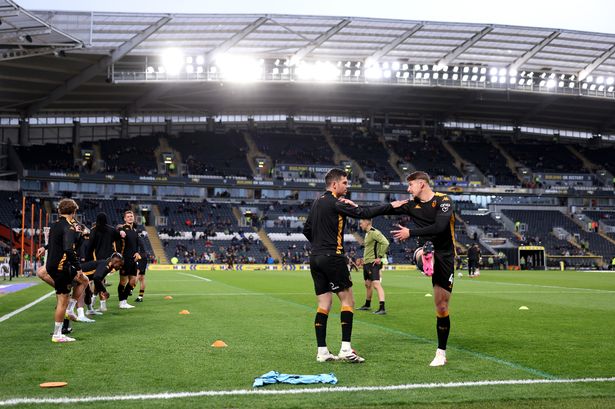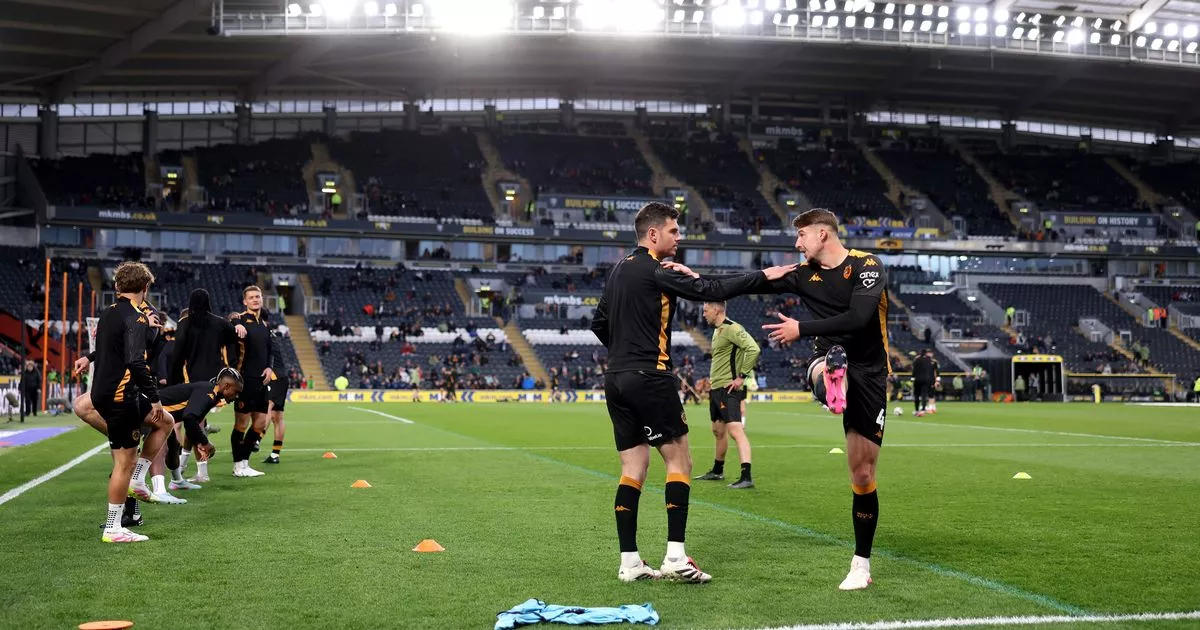

It’s been a season to forget for Hull City with players and fans alike finding the campaign a challenge from the moment they returned to pre-season training in July until the final whistle blew at Fratton Park.
The biggest positive for City was the fact that they avoided relegation to League One on the final day of the season on Saturday, thanks to a 1-1 draw at Portsmouth, and they can now look forward to another season in the second tier.
Throughout the campaign, the team have struggled for goals and in fact, finished bottom of the league for goals scored. Just 44 in their 46 games, with João Pedro the leading forward with just six. Loan ace Joe Gelhardt bagged five along with Abu Kamara, while own goals and Chris Bedia, who left the club in January, finished with three apiece.
It’s at the other end, however, where City have really impressed in recent weeks. After haemorrhaging goals early in the campaign, City have tightened up impressively since Ruben Selles arrived, and it was crucial.
In fact, in the 26 games the Spaniard took charge of following his arrival in December, only Leeds United, Burnley and Sheffield United conceded fewer than 26 City did.
Often criticised, City’s backline proved to be the difference between staying up and going down. From Lewie Coyle on the right flank to Sean McLoughlin on the left, with Charlie Hughes, Alfie Jones, and John Egan interchanging places in the middle of the back four and Ivor Pandur behind them, they’re arguably the real unsung heroes of the season.
There have been some poor goals conceded, of course, none more so than Coyle’s clearance that hit Jones and cannoned into the net against Luton, but they’ve bailed out the forward players more often than not.
In comparison, the 17 games Tim Walter oversaw before he was sacked after a 2-0 home defeat to Sheffield Wednesday saw City concede 23 goals, leaving them with a minus-seven goal difference. That’s been turned on its head.
By the time the season ended on Saturday, City’s 54 conceded was the best of any side from Middlesbrough in tenth down. It was also better than Coventry City (58) and Bristol City (55), who both finished in the top six. In conclusion, only Leeds United (30), Burnley (16), Sheffield United (36), Sunderland (44), Blackburn Rovers (48), Millwall (49) and West Brom (47) conceded fewer. That’s impressive.
Selles quickly accepted that his side lacked the quality in the top third of the pitch to blow teams away and score goals consistently. Instead, he opted to tighten things up, and it worked. City’s goal difference kept them in the league.
It wasn’t pretty, and at times, it was pretty frustrating, but their defensive resistance has been huge. Only five times did they concede two or more under Selles. The last time they did that was the 2-0 defeat at Burnley on February 12. The five defeats after that were all by one goal to nil.
Just eight clean sheets meant that they were conceding in the majority of games, and that’s something they’ll want to tighten up next term, but their overall solidity has been a vital component.
What those stats show is that Selles has a solid base from which to work in the summer, assuming it’s him in the dugout. The challenge facing City moving forward is to bring in the pace, the ruthlessness and overall quality in attack that can score the goals that will propel them up the table.

